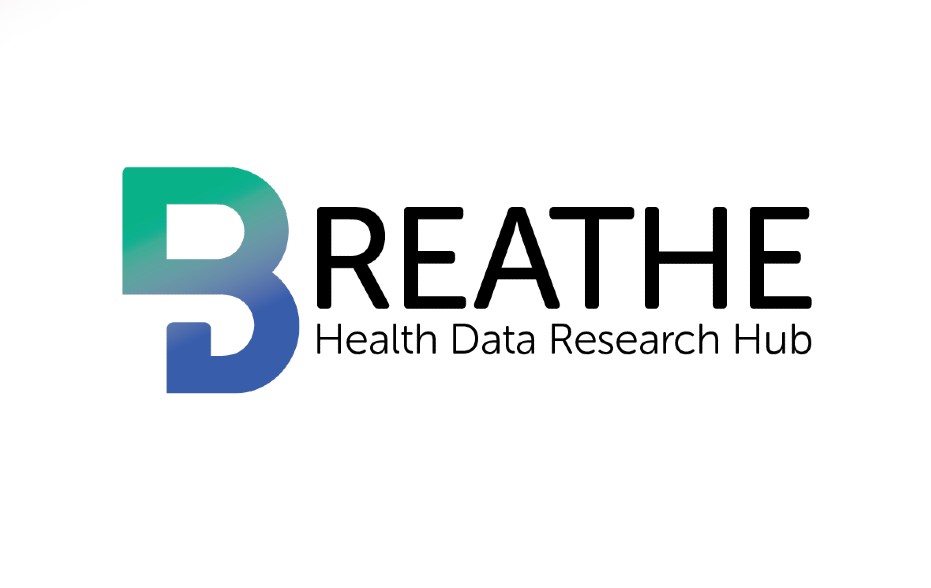Enormous amounts of data are generated during clinical interactions across multiple-healthcare settings in the form of structured and unstructured EHRs. The data contains rich, longitudinal information on diagnoses, symptoms, medications and tests which can be used for research. However, EHR data is not primarily generated for research purposes; is stored in disparate sources often using different formats and requires a significant amount of pre-processing.
Our Phenotype Library
The UK has established a Phenotype Library, which is one of the largest in the world. It is the only national wholly open-access library of reproducible phenotyping algorithms for defining human disease, lifestyle risk factors and biomarkers using diverse electronic health records. For each phenotype, the library curates its metadata, implementation details, programmatic code and validation information. The Library enables reproducible and transparent research using such complex data by the wider research and clinical community.
Researchers hoping to unlock the valuable data contained with EHRs need to spend considerable time creating the coding needed to work with data that often contains inconsistencies and is of varying quality and detail.
The HDR UK Phenotype Library has been created to assist researchers working with EHRs, by creating an open access national library of validated phenotyping algorithms, definitions and methods. Routine use of the library by researchers will cut down on the duplication of effort by allowing re-use of algorithms, tools and methods and will ensure reproducibility of research by creating a national standard for creating, evaluating and representing phenotypes.
Access the Library to find phenotyping algorithms, tools and information
Are you a researcher that has developed a phenotyping algorithm that:
- defines a disease, risk factor or biomarker,
- derives information from one or more EHR sources,
- is associated with one or more peer-reviewed output and
- is already validated?
You can contribute to the improvement of health by depositing your algorithms in the Phenotype Library enabling their dissemination, re-use, evaluation, and citation to the benefit of the emerging phonemics research community.
Upload your phenotypes
The phenome national priority is developing tools which will support the definition and creation of computable phenotypes, which can be used to interrogate EHR data to enable health research for patients benefit.






